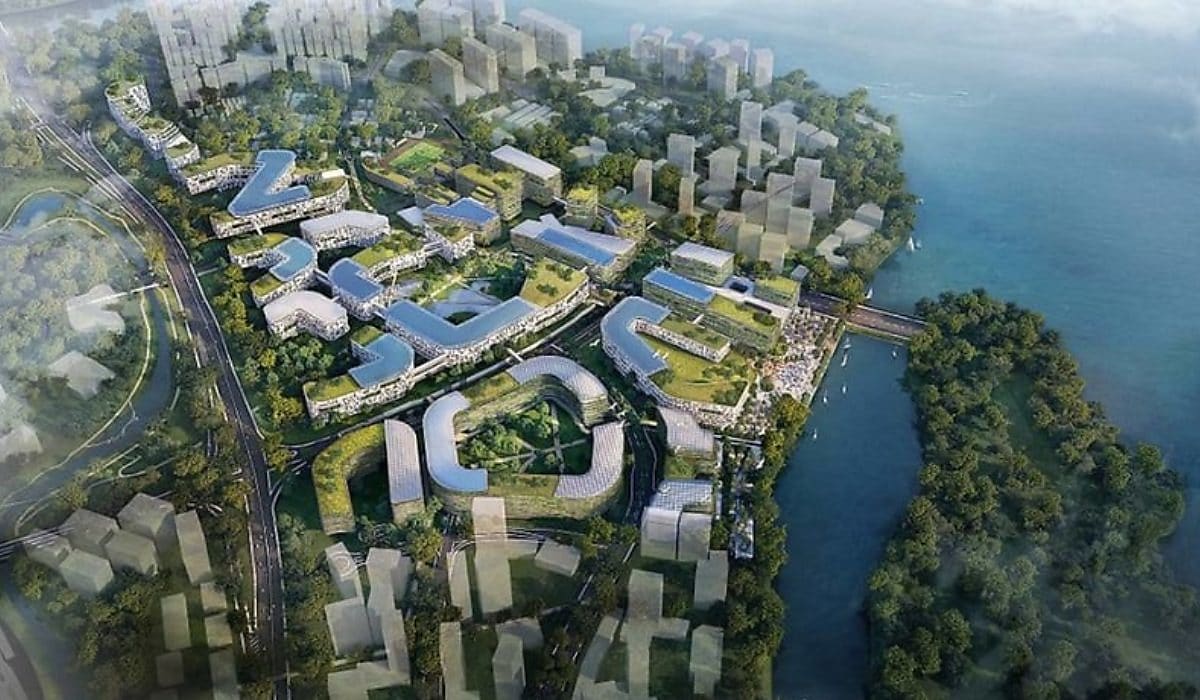How our climate future will dictate city design and home construction
“We need to change the way we think about a street,” was the message Singaporean architect Mun Summ Wong delivered in Knight Frank’s annual wealth report.

Mr Wong, co-founding director of WOHA, was referring to the futuristic idea of a 15-minute city. That is, an urban sprawl where groceries, leisure, and work are within a short distance from home.
Building on this idea, he explained that “in Europe, the 15-minute city makes sense on one building level, a high-density environment we must create multiple ground levels higher up”.
“We want to create streets in the sky,” he said.
He added his belief that “in the future, city buildings will be built by robots and drones, and there will be less dependency on humans”. Such ideas about future ways of life have already begun coming to fruition.
The United Kingdom’s largest homebuilder, Barratt Developments, has already begun implementing this construction strategy, building zero-carbon concept homes in Salford, produced through the use of prefabricated brick wall panels at ground level that has reduced the necessity of bricklayers and halved construction time.
“What was different about it was we had the brickwork on site, but we didn’t have a bricklayer,” explained the company’s technical and innovation director, Oliver Novakovic.
Similar pathways will be embarked upon in the near-and-distant future as society continues on its sustainability course. German company Groß & Partner has managed to reuse 90 per cent of the material from the buildings demolished to make way for a new major mixed-use skyscraper.
Managing director Jose Martinez said this feat was achieved “with minimal transformation”.
Knight Frank posits that the future won’t only bring with it new methods of construction but also alternate building appearances that move away from “a defined silhouette towards something softer, and more like oasis”, according to Charlie Caswell, principal at interior design consultants HBA residential.
It is also theorised, this time by Charu Gandhi, founder and director of London-based interior design and architecture firm Elicyon, that it will not only be building exteriors that morph with time but also those facets that lie within.
“Materials in the home in the future will self-repair and self-sanitise,” she said. “We may have materials that look integrated but are modular, so you can paint something on it, but the top later disintegrates and pulls apart. We will also have inbuilt fingerprint technology.”
The report concluded that improvisation and adaptation would be crucial in the way future homes are conceptualised and constructed, especially when considering each city and continent’s unique challenges posed by the rapidly changing climate.
